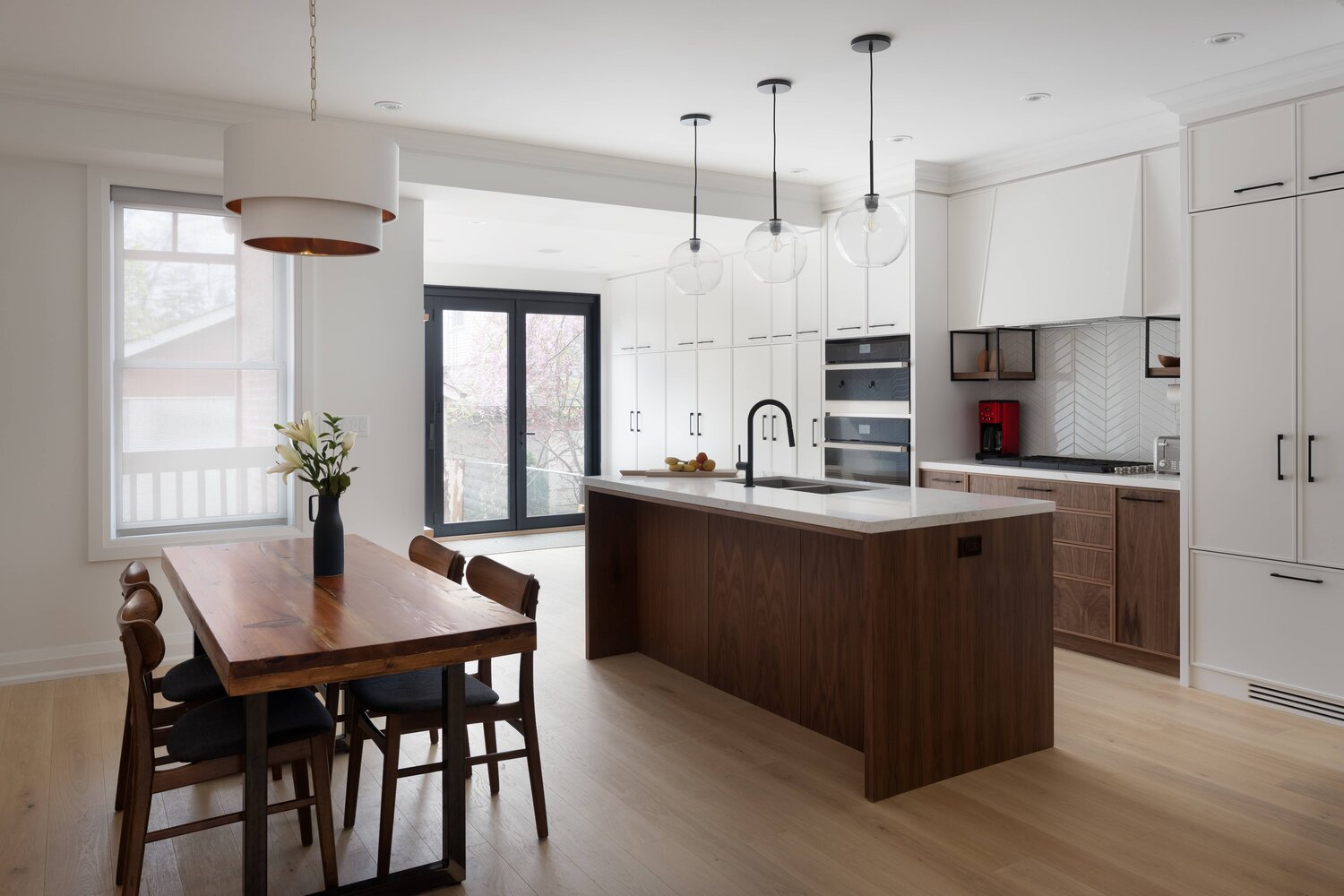The Function of Renovations London Ontario in Creating Energy-Efficient Spaces
The Function of Renovations London Ontario in Creating Energy-Efficient Spaces
Blog Article
How to Plan and Execute Effective Home Remodellings for Any Type Of Spending Plan
Navigating the complexities of home renovations calls for a tactical method, specifically when working within a minimal budget plan. Initial steps include an extensive analysis of your home's condition and a clear delineation between vital fixings and wanted enhancements.
Evaluating Your Renovation Requirements
Evaluating your remodelling requires is a vital primary step in the home enhancement process, as it lays the foundation for an effective task. Begin by examining the current state of your home. Identify locations needing updates or repairs, such as pipes, electrical systems, or structural parts. Consider the functionality of your spaces; assess whether your present layout meets your way of life needs or if changes are needed to enhance use.
Take part in a comprehensive evaluation of your aesthetic choices and way of life needs. Establish whether your objective is to enhance convenience, enhance power efficiency, or boost the residential property's market price. It is likewise vital to take into consideration the needs of all house members, making sure that any suggested restorations suit their demands and choices.
Additionally, take into consideration the general style and age of your home, as this will lead your design selections and influence the sorts of finishes and materials to consider. Record your findings and focus on the improvements by urgency and importance. This structured evaluation will not only clarify your vision but additionally work as a recommendation factor throughout the improvement process.
Establishing a Realistic Budget
Establishing a thorough spending plan is crucial for the success of any type of home improvement job. A distinct spending plan not only offers an economic framework however also assists in making notified decisions throughout the renovation procedure. Begin by establishing your general financial ability, thinking about both your cost savings and possible financing options. It is crucial to differentiate between crucial improvements and preferred upgrades to allocate funds properly.
Following, research study and collect price quotes for products, labor, and any type of additional prices, such as licenses or evaluations. This will certainly assist create a much more precise image of the expenses included. When developing your budget, think about consisting of a backup fund-- commonly 10% to 20% of the general spending plan-- to accommodate unexpected costs that typically occur throughout remodellings.
Bear in mind the marketplace rates for materials and labor in your location, as these can vary considerably. Last but not least, bear in mind that while it is appealing to cut edges to save cash, purchasing high quality products and proficient labor can produce long-term advantages and improve your home's worth. By establishing a practical budget, you can navigate your improvement project with self-confidence and clearness.
Prioritizing Your Remodelling Jobs
Figuring out the order of your improvement projects is critical for making best use of both your budget and the effect of your renovations. Begin by examining the condition of your home and determining areas that require instant attention, such as structural repairs or security problems. Focus on projects that resolve these immediate problems to guarantee a secure and useful living environment.
Next, think about the possible roi (ROI) for each job. Concentrate on restorations that boost your home's value, such as kitchen area and bathroom updates, which have a tendency useful source to yield greater returns. Furthermore, evaluate projects that enhance energy effectiveness, as these can bring about long-term cost savings.

Lastly, stay adaptable, as unpredicted challenges might develop during the restoration procedure. By prioritizing efficiently, you can make certain that your efforts straighten with your total goals, creating a home that meets your needs while staying within budget plan.
Choosing the Right Materials
Picking the appropriate materials for your restoration jobs plays a substantial duty in both the practical and aesthetic outcomes of your home enhancements. The right materials not only enhance the aesthetic allure of your room but additionally add to its sturdiness and upkeep demands.
Begin by considering the purpose of each area you are restoring. Renovations London Ontario. For high-traffic zones like cooking areas and corridors, select sturdy materials such as porcelain floor tiles or wood that can hold up against wear. On the other hand, for spaces like bedrooms or living areas, softer materials like carpet or high-end plastic might give extra convenience
Next, assess your budget. While selecting premium products could seem appealing, there are typically affordable choices that supply similar looks and functionality. Looking into various alternatives can cause unforeseen discovers that fit both your style and monetary strategy.
In addition, take into consideration the ecological effect of your options. Lasting materials, such as reclaimed timber or bamboo, not just decrease your carbon footprint yet can likewise add distinct character to your home. Ultimately, a well-thought-out option of products will guarantee your renovation meets your expectations and offers your requirements for years to come.
Hiring Contractors or DIY Options
When it comes to home remodellings, evaluating the pros and cons of working with professionals versus taking the DIY course is crucial. Furthermore, their experience can help prevent pricey blunders, making certain that improvements meet local building codes Visit This Link and requirements.
On the various other hand, opting for a do it yourself method can be considerably much more affordable, allowing property owners to save money on labor prices. It offers a chance for customization and fulfillment in finishing a project separately. Nonetheless, this route calls for a practical evaluation of one's abilities, time availability, and the intricacy of the restoration tasks.
Property owners ought to take into consideration the extent of the project, their budget plan, and timeline when making this decision. For substantial restorations or those calling for specialized expertise, working with a professional might be the most effective option. Conversely, smaller tasks that align with individual ability sets can be fulfilling and affordable when tackled as a do it yourself venture. Inevitably, the choice ought Read Full Report to align with the homeowner's resources, abilities, and goals (Renovations London Ontario).
Conclusion

Browsing the complexities of home improvements requires a critical strategy, especially when functioning within a limited budget plan.Assessing your renovation needs is a crucial initial action in the home improvement process, as it lays the foundation for an effective project.Developing a detailed budget plan is important for the success of any type of home renovation job. When producing your budget, think about including a contingency fund-- normally 10% to 20% of the overall budget-- to fit unforeseen expenses that frequently arise during improvements.
Effective home improvements call for mindful planning and execution, regardless of spending plan restraints.
Report this page